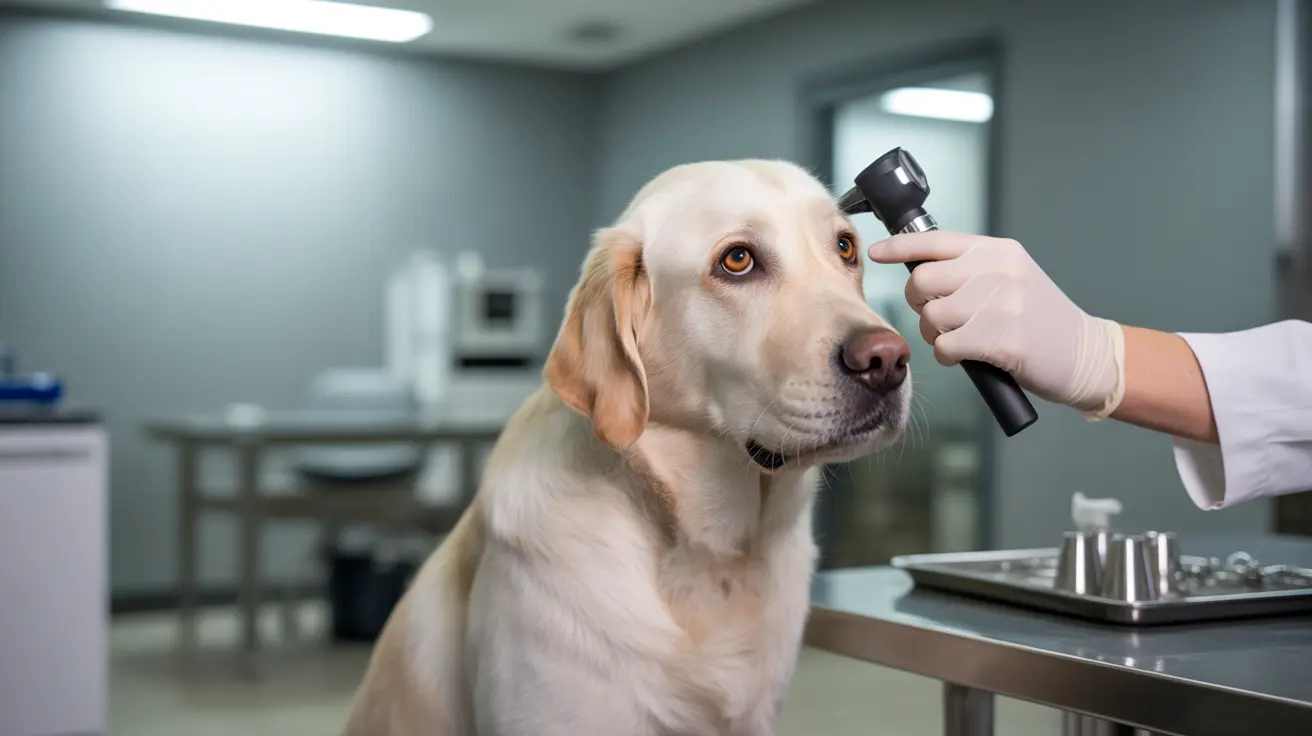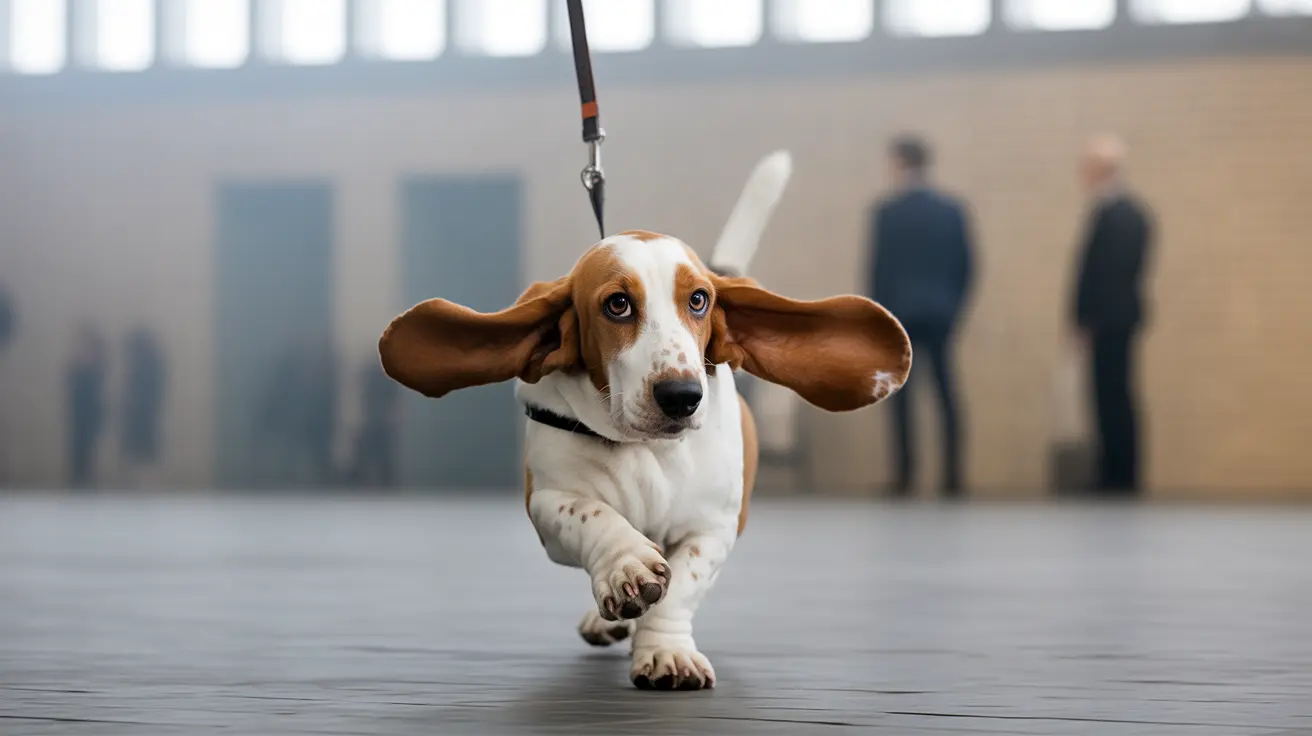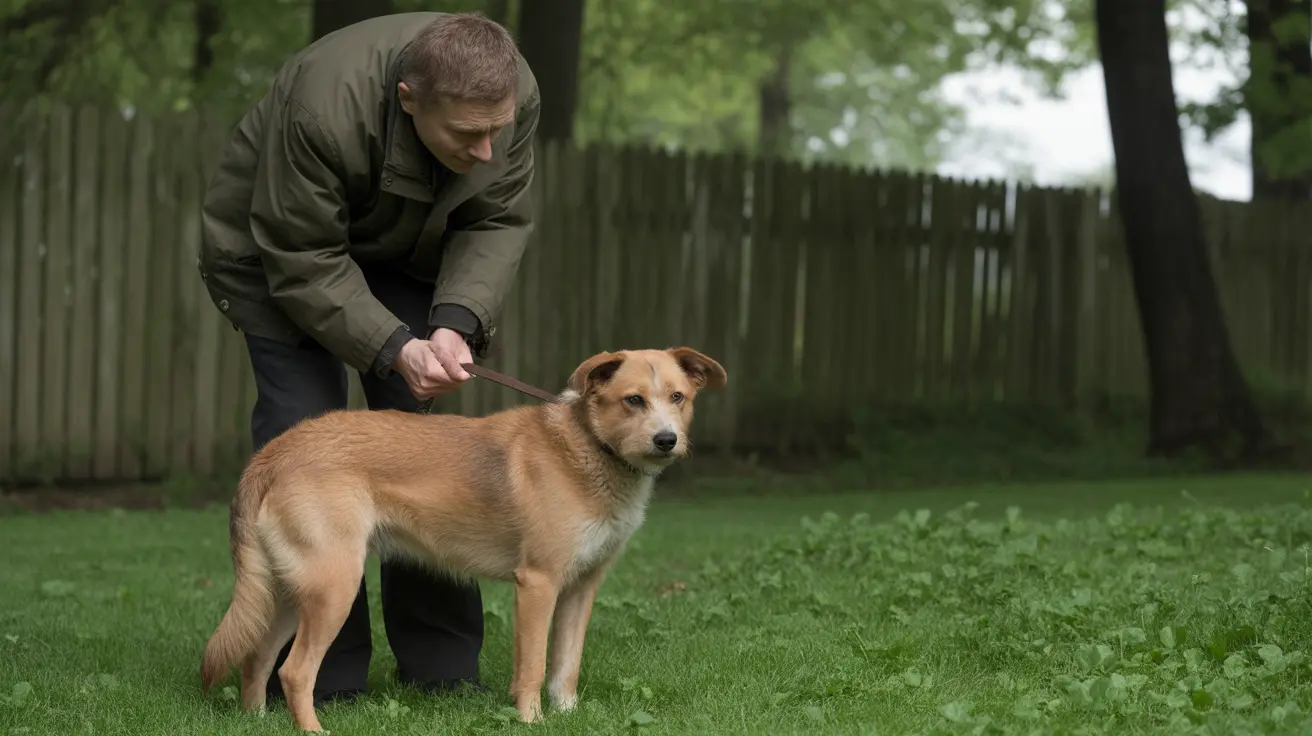How Dogs Show Affection: Understanding Canine Love
Dogs have a unique and charming way of expressing their love. If you've ever wondered how your furry friend really feels about you, just watch their behavior closely. You'll notice a whole range of affectionate gestures that go far beyond a simple wag of the tail.
Everyday Signs of Affection
Your dog doesn't need words to say "I love you." Instead, they use their body language and actions. Here are some classic ways dogs show their affection:
- Licking: When your dog licks your face or hands, they're not just cleaning—they're bonding. Licking releases pleasurable endorphins for your dog and is a sign of love.
- Leaning: If your dog leans their full weight against you, it's like getting a canine hug. This gesture shows trust and comfort.
- Cuddling: Curling up next to you on the couch or in bed is a clear sign that your dog wants to be close and feels safe with you.
- Following You: Dogs that shadow your every move are showing loyalty and attachment. It's part of their pack instinct—they want to be where you are.
- Bringing Toys or Gifts: If your dog drops a toy (or even something random from around the house) at your feet, they're inviting interaction and sharing what they value most.
The Power of Eye Contact
A gentle gaze from your dog isn't just adorable—it's meaningful. Dogs reserve long eye contact for people they trust deeply. When you look into each other's eyes, both you and your dog can experience a boost in oxytocin—the so-called "love hormone." It's one of the most powerful ways dogs communicate connection.
Physical Gestures That Speak Volumes
- Sleeping Near You: Many dogs prefer to sleep close by or even in bed with their humans. This pack behavior signals safety and family bonds.
- Belly Up: Rolling over to expose their stomach is an act of vulnerability—your dog trusts you completely and may be asking for affection.
- Tail Wagging: A relaxed tail wagging in a full arc means happiness. Pay attention to the rest of the body; relaxed posture usually means positive intent.
- Nudging With Their Nose: A soft nudge often means "pay attention to me" or "I want to be close." It's a sweet reminder that you're important in their world.
Playful Expressions of Love
Your dog's excitement when greeting you—jumping around or roughhousing—can be another way they show joy at being with you. While it might sometimes feel overwhelming (especially if they're big), it's rooted in happiness and affection.
- Smiling: Some dogs have learned to "smile" by pulling back their lips in a relaxed way. It's not aggression—it's just another quirky way they show they're content around you.
- Raising Eyebrows: Dogs have evolved expressive faces partly to communicate with humans. Those puppy-dog eyes really can tug at your heartstrings!
Clever Ways Dogs Show They Care
- Getting Jealous: Does your pup squeeze between you and someone else? That's them seeking exclusive attention—a sure sign you're special.
- Scent-Stealing: Ever found shoes or socks mysteriously moved? Your scent comforts them when you're away; it's their way of staying close even when you're not home.
- Name Recognition: Some dogs learn not only their own names but also those of their favorite people—and get excited when those names come up!
- Yawning With You: Sometimes dogs yawn when you do—a subtle sign of empathy and emotional connection.
The Comforting Protector
Your dog's protective instincts can also signal devotion. Standing guard, barking at perceived threats, or comforting you when you're sad all point to deep caring on their part. They want to keep you safe—and happy.
The Importance of Routine and Communication
Dogs thrive on routine: regular walks, meals, playtime—all these help them feel secure and loved. Using an affectionate tone, calling them by name (or silly nicknames), and spending quality time together reinforce the bond between human and canine.
Tuning Into Individual Preferences
No two dogs are exactly alike. Some crave belly rubs; others prefer ear scratches or gentle pats on the head. Watch for cues: relaxed body language means they're enjoying it; tension suggests they'd rather stop. Respecting these boundaries builds mutual trust—and makes every affectionate moment count.
The Science Behind Canine Affection
Research by neuroscientists like Gregory Berns demonstrates that dogs form strong social bonds with humans—sometimes preferring praise over food! These findings confirm what many pet owners already know: dogs can feel genuine love for us, expressed through countless small acts every day.
If you're attentive to these signals—and respond with kindness—you'll deepen the special relationship only a dog can offer. Each pup has its own style; learning how yours says "I love you" is one of the joys of sharing your life with a loyal companion.





